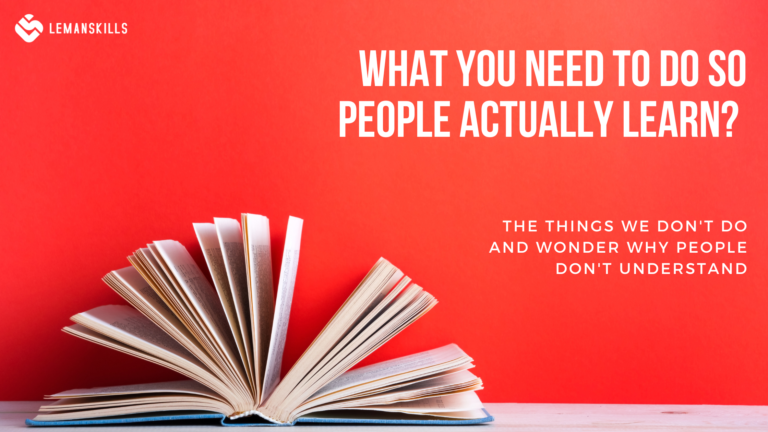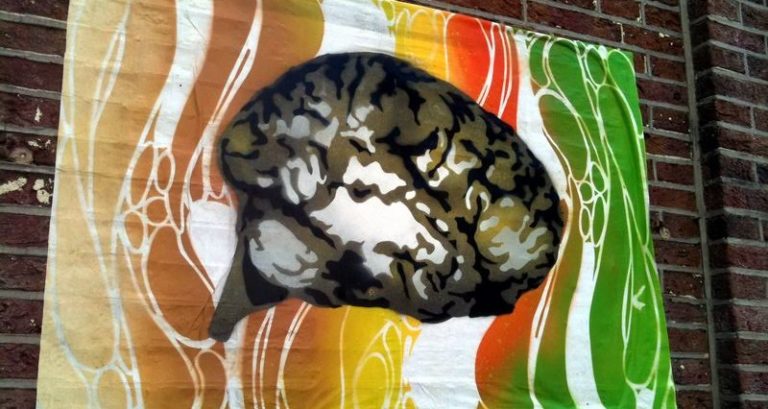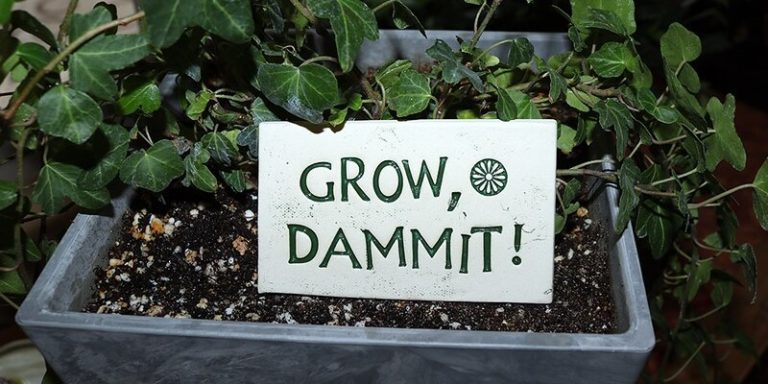
Leading Edge: 7 Things the Best Leaders Do Daily
We talk so much about what leaders do wrong. What kind of mistakes they make, what skills they lack of or why people leave them. And as it’s important to be conscious and honest, it’s also quite depressing. Are we all really that bad in what we do? Of course not! Every day I see a lot of good behaviors, reactions and habits that leaders do, and it makes them great for their people. We tend to focus on the gaps and not seeing the gains: that’s why I think a lot of us fail miserably. Because of the constant feeling or thought of not being enough. What sets the best leaders apart from the rest then? Let’s dig deeper into this one today. #1 They Lead by Example The best leaders don’t just talk the talk, they walk the walk. They set an example for others to follow by embodying the values and principles they expect from their team. Whether it’s showing up early, staying late, or going above and beyond in their work, the best leaders lead by example and inspire others to do the same. The same thing applies when it comes to the growth: how on Earth team members should be focused on learning when they don’t see it in their leader? It’s about both, skillset and mindset. Being better version of ourselves every single day. It’s like with children: they model what we do more than listen to what we say. Of course, words have a huge power, but it’s all about action. Where the focus goes, the energy flows. #2 They Use Communication Intelligence Communication is key in any relationship, and it’s especially important in a leadership role. The best leaders are able to clearly and effectively communicate their vision, expectations, and feedback to their team. They are also great listeners, open to feedback, and willing to have difficult conversations when necessary. This is all about communication intelligence: to be able to listen or read (depending on the situation), make strong hypothesis who is speaking to us on the other side and tailor the communication accordingly. Then to mindfully observe if it’s landing how we aimed it for. If yes, great! If not, change it: there’s always space to improve, to shape the communication better. It’s like a muscle on the gym: weak at the beginning, but it strengths up every time you train. #3 They Empower Their Team The best leaders understand that they can’t do it all on their own. They empower their team by delegating tasks, providing opportunities for growth and development, and trusting their team to make decisions. By empowering their team, the best leaders create a sense of ownership and accountability that drives success. Sometimes I see leaders that are not delegating tasks and then they are surprised by two things. Number 1 is that they are exhausted from doing everything on their own. Number 2 is that the team is not improving their skills, so they can’t trust to give them the more difficult or advanced tasks. No kidding, right? It’s a vicious cycle: if they don’t do it, they’ll never learn. You have a lot of Juniors in your team? Take baby steps. Give small tasks, recognize for what they need and then move to the next level. #4 They Inspire and Create Motivational Work Environment Great leaders have the ability to inspire and create that kind of environment that will create high level of intrinsic motivation in their team to achieve greatness. Whether it’s through their passion, enthusiasm, or ability to paint a compelling vision of the future, the best leaders are able to ignite a fire within their team that drives them to go above and beyond. Those leaders understand that we all are individuals, with different needs, hungers, aspirations, values and desires. There’s no one-size-fits-all approach: if we are leaders, we need to tailor the elements of the environment so it’s good for the whole team. It’s like with tailoring communication that we mentioned before. Not easy, but necessary (if we want for our people to thrive and not quit of course). #5 They Adapt to Change The best leaders understand that change is inevitable and are able to adapt and thrive in ever-changing environments. They are flexible, open-minded, and able to pivot when necessary. Instead of resisting change, the best leaders embrace it and see it as an opportunity for growth and improvement. The key word here? The Growth Mindset. Without the mind that wants to learn, sees opportunities in every situation (especially those that are uncomfortable, new or challenging) and believes that things are happening FOR us, not TO us. Do you want to have a leader like that? Yeah, me too. #6 They Foster a Positive Culture The best leaders understand the importance of creating a positive work culture. We have so much darkness around us, so much pain, war, diseases, troubles, scarcity. If we stay in the work environment that focuses on the same mindset, we’ll attract more of that. As mentioned before: where the focus goes, the energy flows. If we focus on what’s wrong, hard, on all of those bad changes that are happening in the organization, we’ll get more of the dark side of life and work. But, if we focus on what’s right, on the abundance of options, opportunities to learn, meet and growth with new people, use mentorship, create value for others what do you think we’ll get more of? Exactly. #7 They Lead with Integrity Integrity is a non-negotiable quality for the best leaders. They lead with honesty, transparency, and a strong moral compass. Even if they don’t have the full knowledge, they share with the team what they know and can give them to cut off the rumors or fear. They hold themselves and others accountable for their actions and always do what is right, even when it’s






